The Beiqi Village & Mudflats Ride
Wednesday, February 09, 2011
 Xiapu, Fujian, China
Xiapu, Fujian, China
Hey Hey and a Big G'Day toya,
As tickets for all large buses had been sold out for the next many days at midday yesterday I began another wonderful, yet long bus ride and after an eight hour town and multi Chicken Bus hop I finally made it to Xiapu city.
Where in the world is Xiapu?
Enclosed by mountains and sea, with an over four thousand year old history Xiapu is known as the birthplace of Mindong’s (East Fujian) civilization. It is located in the central point of what is known as China’s golden coast, became a county during the Jin Dynasty and was the capital of East Fujian from the Tang Dynasty through to the Qing Dynasty.
Anyhow, enough of Xiapu and its history as that’s not the reason why I am here.
For me it’s all about the areas mudflats and seafood.
This morning I rose early and happily accepted the use of a bike that was offered to me last night and once I put foot on peddle I headed in the direction I was told Beiqi Village could be found. Thankfully it was impossible to get lost as once I was on the right road I just had to continue and ask at each little village if it was Beiqi Village. As I was told the mudflats were past the village I slowly rode through sleepy Beiqi Village waking up a storm.
When the locals saw a foreigner waving happily riding by they’d race inside bringing out any child or children available be them awake or asleep.
Sadly once I found the mudflats I found that the tide had returned to this part (didn’t think of that did I) of the China but none the less, it really didn’t matter as it was overcast and threatening rain so I wasn’t expecting glimmers of sunshine and mudflats full of colour. Those that know me know that I’m not the type of traveller that goes somewhere for a sun rise or sun set. It’s actually the hours between 'the rise and set’ that allows me to hunt for temples and what is left of Ancient China.
What I did find was something just as stunning.
I continued riding along the bumpy road until it became a smallish track and had to leave the bike behind and scale across a section where there had been a small landslide. I continued on foot until I reached the tracks destruction from a much larger landslide and here I gave in and began my return journey. Back in the village and so ferociously hungery that I could have eaten the feet off a low flying duck, I dropped into a tiny eatery that from what I could gather serves only one thing and in one style.
But after my first taste I wondered why I hadn’t found it anywhere else.
They were some of the best noodles I’ve ever tasted.
So, what in the world are mudflats?
Coastal mudflats usually appear in sheltered bays along the intertidal areas where sediment is deposited by tides, so the area is usually submerged and exposed on a daily basis. In Xiapu County a long and narrow mudflat has been dubbed the most beautiful in China.
The Xiapu mudflat is primarily composed of sand and mud.
The constant tidal washing creates a surface design akin to a tiger-skin pattern.
When the tide first begins to recede, lines in the mudflat gradually become visible through the seawater, and as time passes, the exposed area increases while the tiger-skin pattern becomes deeper and clearer. As its marine cover dissipates, the mudflat awakes to reveal a mysterious world from under the sea. At first, an isolated ‘island’ appears still surrounded by water, but gradually the island grows until it unites with the surrounding mudflat.
Xiapu’s most famous products are several varieties of seaweed and pickled mustard tuber.
The sea-farming area of Xiapu’s seaweed covers more than two thousand hectares and during harvest season hundreds of farmers work on the shore, creating an image like a traditional Chinese ink painting brought to life. A heavy seaweed scent is infused into the normally salty sea scent and harvested seaweed hangs from bamboo sticks. When gusts of wind pass through the seaweed begins dancing and when the sunshine pierces the seaweed’s dark-green skin, it causes sparkling golden rays that spectacularly light up the entire mudflat.
Beiqi Village’s mudflat primarily grows laver which is a kind of seaweed.
Farmers employ a technique known as ‘pillaring’ whereby bamboo sticks measuring ten meters are embedded two meters deep in the soft mud and nets are hung between them. On the five square-meter surface area of each net, farmers spread leaf-shaped laver. Dozens of nets are tied to the bamboo ‘pillars’ and spread across the sea with spaces for boats to pass through. Sea-farmers cultivate and harvest their crops from the boats and when one views the tens of thousands of nets and pillars from afar;
Beiqi’s mudflat appears as a picturesque amalgamation of squares and dots.
Beers N Noodles toya…..shane
___________________________________________________________
The soundtrack to this entry was by Blur
The album was the awesome ‘13’
____________________________________________________________
Other Entries

 Xiapu, Fujian, China
Xiapu, Fujian, China
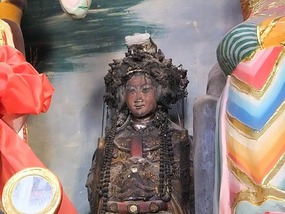
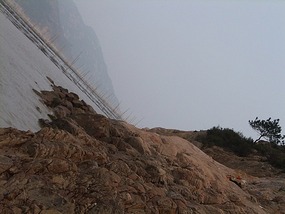
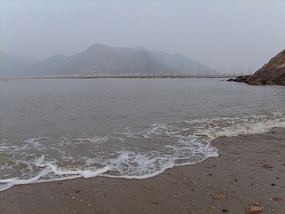
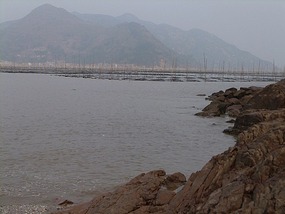
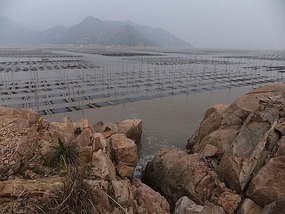

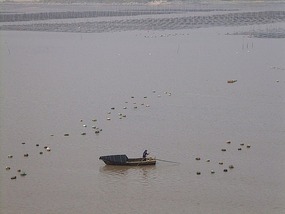
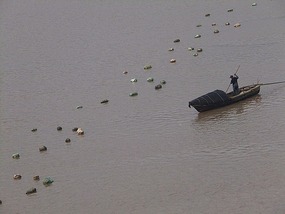
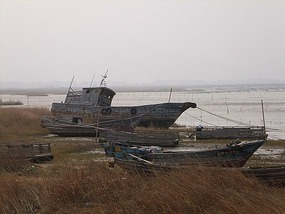
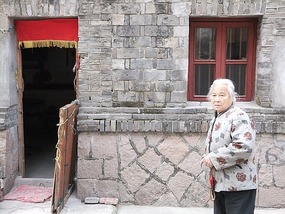
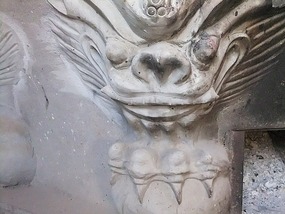
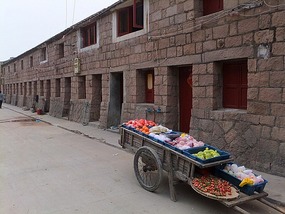
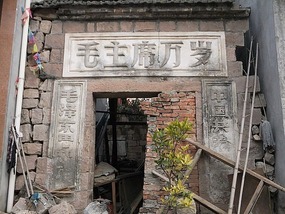
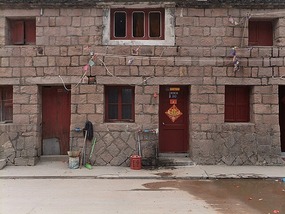


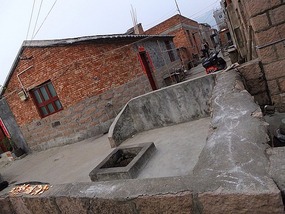
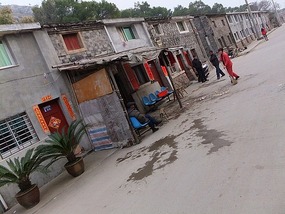
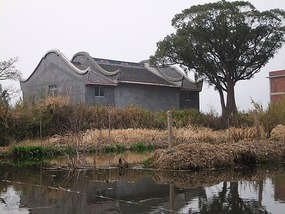

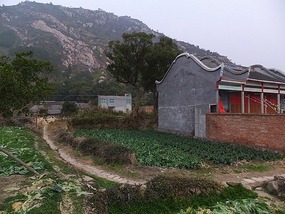
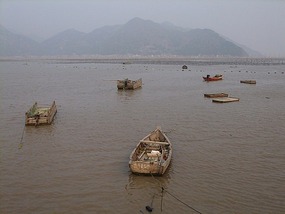


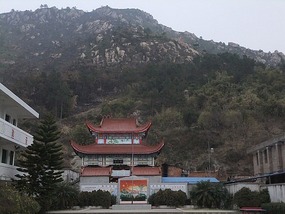


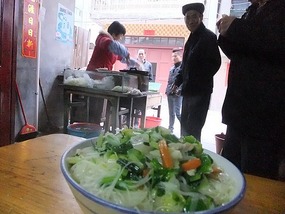
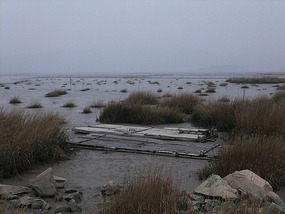
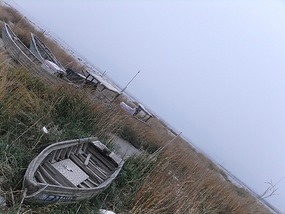

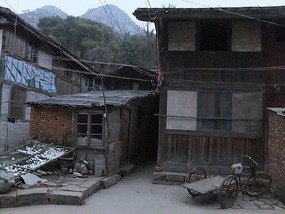
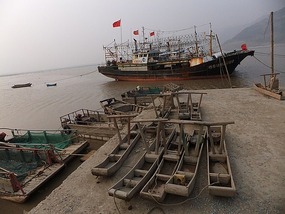
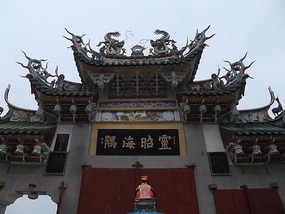
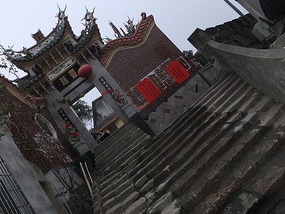
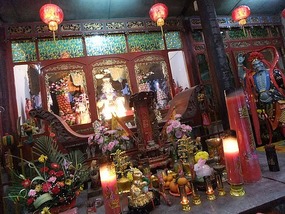
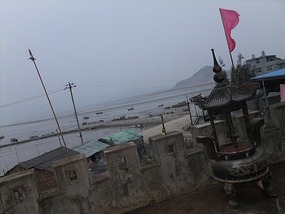
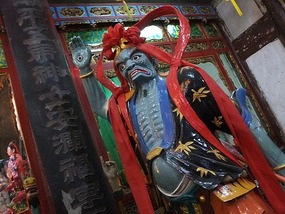
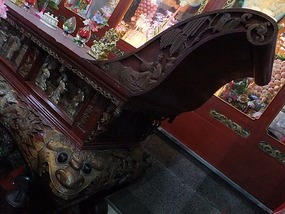
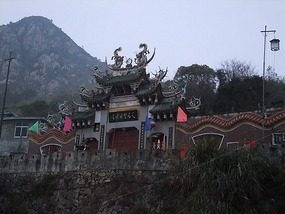
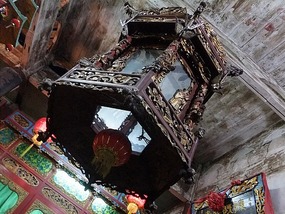

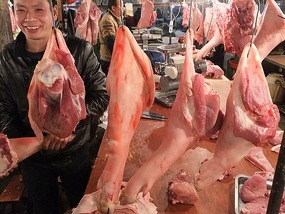
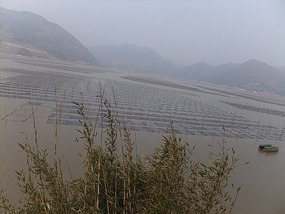
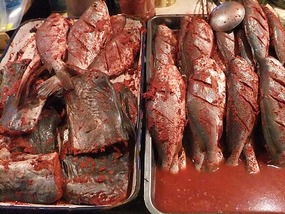
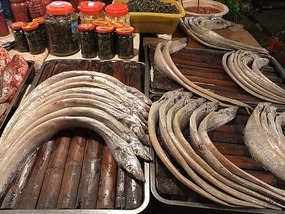

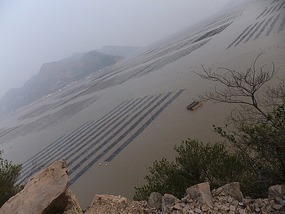
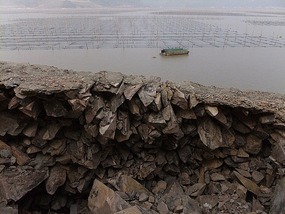
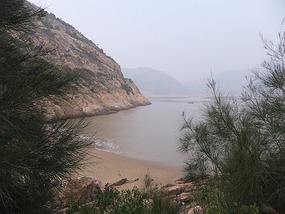
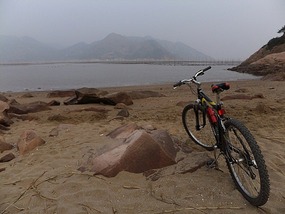
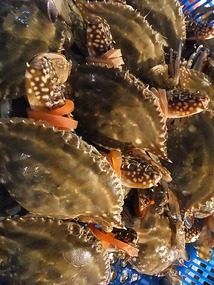
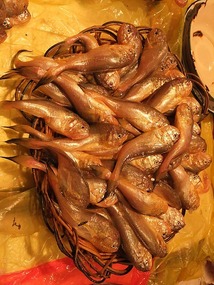
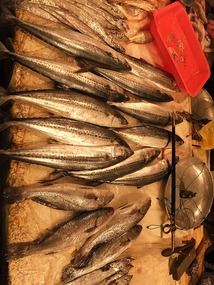

2025-05-22